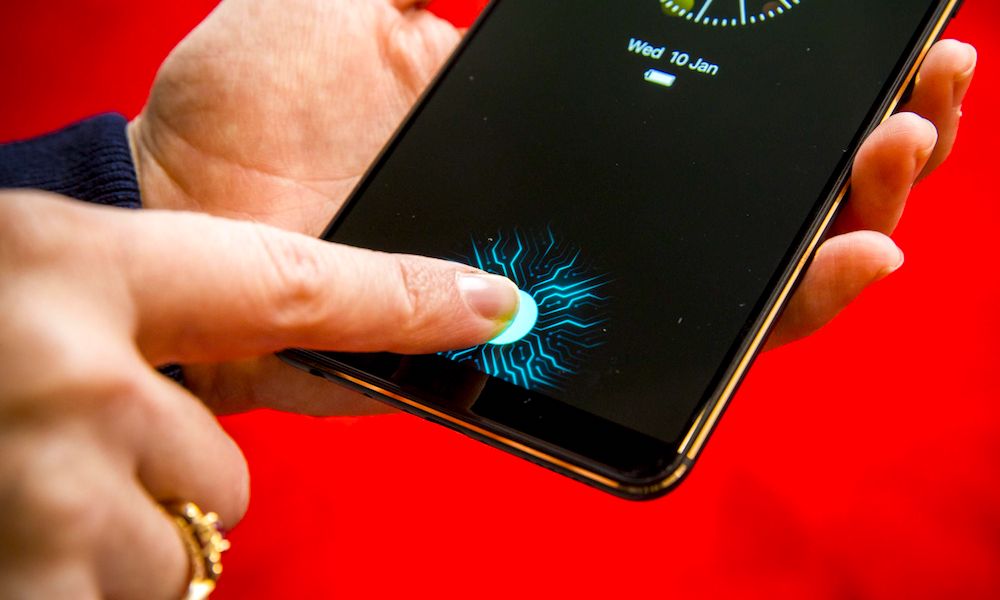World’s First Smartphone with Glass-Embedded Fingerprint Reader Unveiled
 Credit: CNET
Credit: CNET
Toggle Dark Mode
Last June we reported that Vivo — one of mainland China’s most popular smartphone OEMs — would be the first to introduce a device boasting a glass-embedded fingerprint scanner.
The news broke amid conflicting reports over whether Apple would introduce a similar technology on its high-end iPhone X (known back then as the ‘iPhone 8’). While Cupertino ultimately settled on Face ID, Vivo still managed to pull through on its promise this week at CES 2018.
While it’s yet to be officially announced (or even given a proper name), the Chinese phone maker showcased the world’s first smartphone featuring a fingerprint scanner underneath its display glass.
The technology, dubbed Clear ID, was developed in collaboration with Synaptics and Qualcomm. And according to Vivo’s Senior Vice President, Alex Feng, “the solution is solving the industry’s challenge of providing a more convenient authentication experience.”
How Does Clear ID Work?
The solution, which Synaptics is licensing exclusively to Vivo, for the time being, is facilitated by an ultrasonic sensor embedded between the phone’s OLED glass and rear display panel.
“For authentication,” BGR explains, “piezoelectric effects (the mechanical stress or the pressure put on the surface) are used to exchange ultrasonic signals which travel through the OLED screen.”
Once these ultrasonic signals make their way through the OLED panel, a 3D map of the user’s fingerprint is created, then compared against existing fingerprint data to authenticate them.
“By putting mechanical stress or pressure on a designated area of the display, the fingerprints are registered and authentication is carried out.”
How Well Does Clear ID Work?
While the rest of us will simply have to wait and ‘scan for ourselves’ to wage an honest opinion, those who’ve been lucky enough to test Vivo’s new technology at CES have been reporting mixed experiences.
According to The Verge’s Vlad Savov, while the mechanics of setting up Clear ID and scanning your finger work just as you’d expect of a Touch ID sensor, the glass-embedded tech is surprisingly “slower” — “both to learn the contours of my fingerprint and to unlock once I put my thumb on the on-screen fingerprint prompt.”
“Basically, every other fingerprint sensor these days is ridiculously fast and accurate, so with this being newer tech, its slight lag feels more palpable.”
Andy Boxall of DigitalTrends appeared to offer up a slightly more optimistic tone about his experience, saying “it’s incredibly natural,” works quickly, and “gives bezel-less smartphones with an 18:9 aspect ratio screen the sleek look they deserve.”
We still don’t know when Vivo will introduce its new device, or what it will be called, but the company said an official announcement should be coming soon as mass production is already in place and ready to roll.






